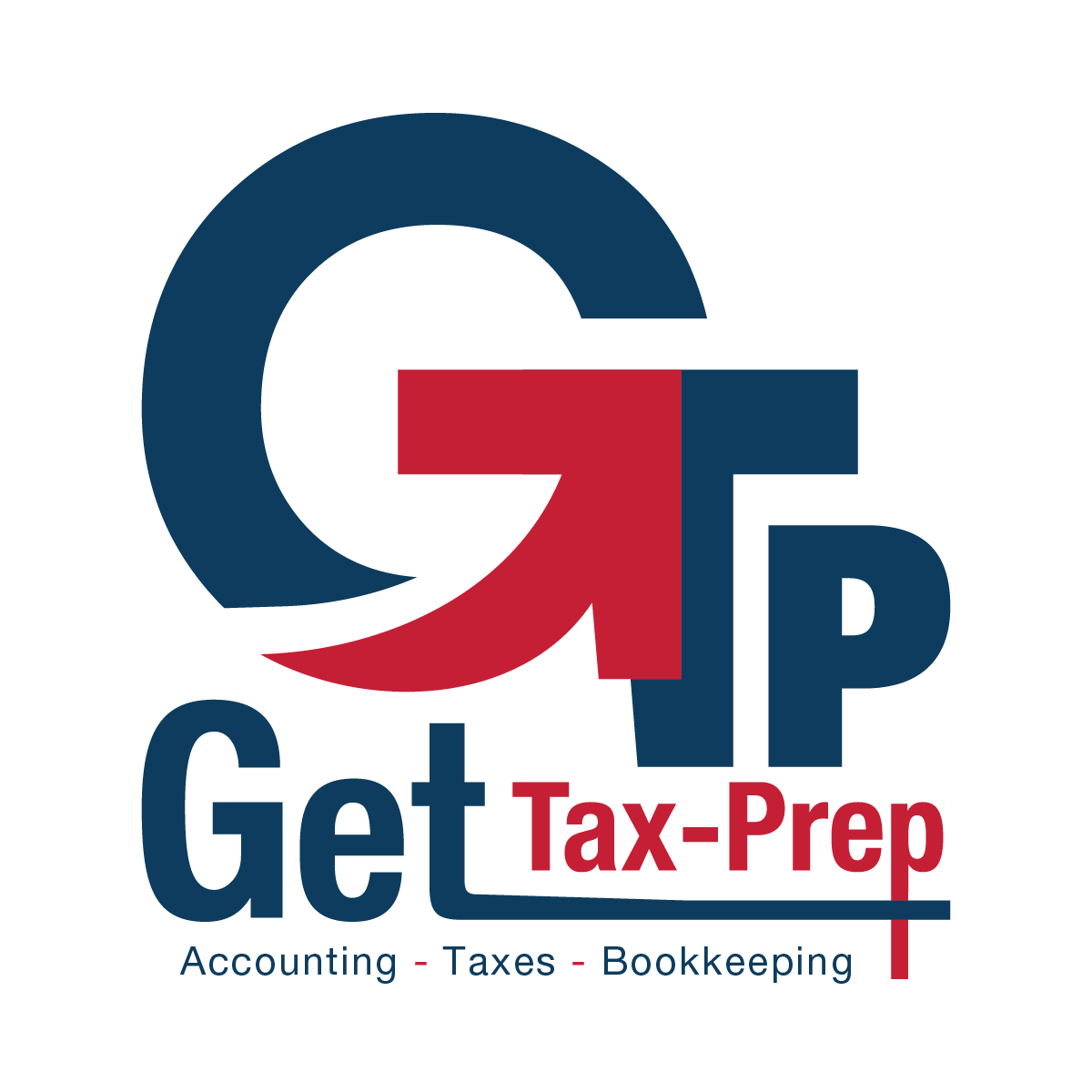The tax landscape is ever-evolving, and staying abreast of the latest changes is crucial for a smooth and compliant filing process. As we delve into 2024, several key modifications to tax laws and regulations demand the attention of individuals and businesses alike. In this comprehensive guide, we’ll explore the notable updates and provide insights into how these changes may impact your financial strategies.
One significant development in 2024 revolves around adjustments to standard deductions and tax brackets. The IRS regularly updates these figures to account for inflation, and staying informed about the latest thresholds can help you plan your finances more effectively. Understanding where you fall in the tax bracket can influence decisions such as investment strategies and retirement planning.
For businesses, the changes in tax credits and incentives are pivotal. Legislators often introduce new incentives to encourage certain behaviors, such as investment in renewable energy or hiring in specific sectors. Keeping abreast of these changes can lead to substantial savings for businesses willing to leverage available credits.
Another noteworthy area is the digital economy and its taxation. With the increasing prominence of remote work and e-commerce, tax authorities worldwide are reevaluating how they tax digital transactions. This shift has implications for businesses engaging in online commerce, and understanding the rules around digital taxation becomes crucial to avoid unexpected liabilities.
2024 also brings updates to retirement accounts and contribution limits. Individuals planning for their future should take note of these changes, ensuring they maximize their contributions while staying within the prescribed limits. This includes adjustments to the income thresholds for IRA contributions and the annual contribution caps for employer-sponsored plans.
In addition to federal changes, it’s imperative to be aware of any updates at the state level. State tax laws can vary significantly, and changes in rates, deductions, or credits may impact your overall tax liability. Keeping an eye on both federal and state updates ensures a comprehensive approach to tax planning.
For those navigating investments, understanding changes in capital gains tax rates is essential. The tax treatment of investment gains can significantly impact the after-tax returns on your investments. Being proactive in adjusting your investment strategy in response to tax changes can optimize your overall financial position.
In conclusion, the key to navigating tax changes in 2024 lies in knowledge and adaptability. Regularly reviewing your financial situation in light of evolving tax laws, consulting with tax professionals, and leveraging available resources can empower you to make informed decisions. Stay tuned to our blog for ongoing updates and insights into the dynamic world of taxation, ensuring you’re well-prepared for the fiscal challenges and opportunities that lie ahead in 2024 and beyond.






